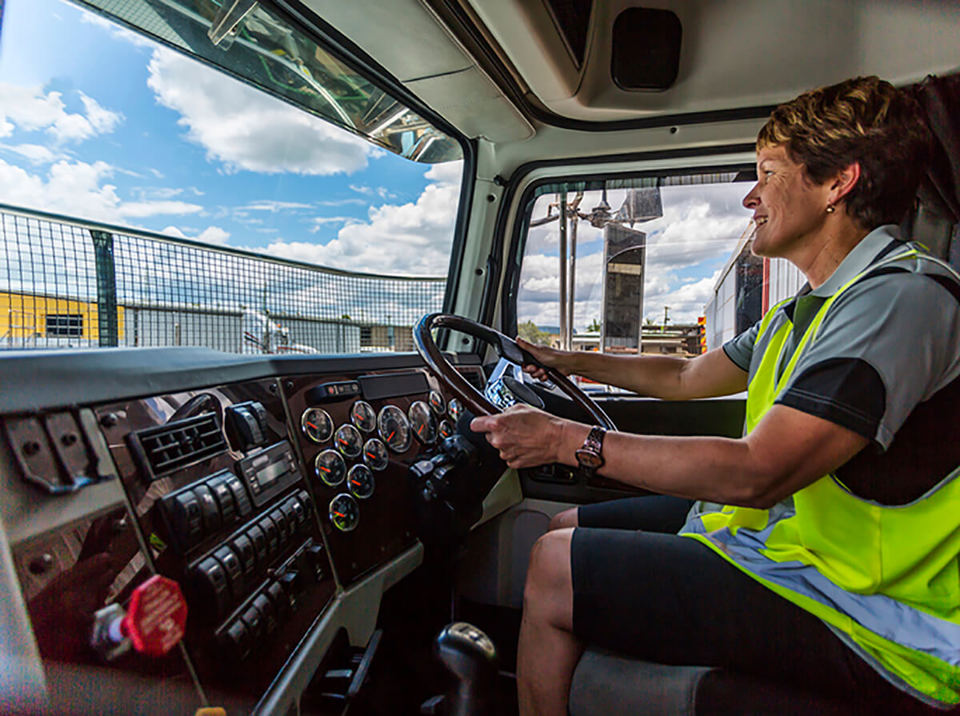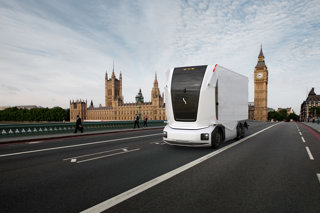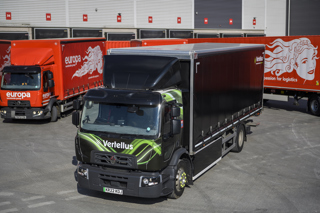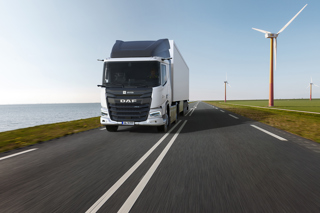Weight limits for zero-emission trucks will increase under a new EU proposal that aims to help accelerate the uptake of electric and hydrogen trucks.
The new limits aims to ensure trucks will not have to sacrifice cargo weight on long-haul routes, which require bigger batteries.
After the law enters into force, electric or hydrogen trucks could weigh up to 2 tonnes more.
Green group Transport and Environment (T&E) welcomed the decision to support greener trucking by increasing weight limits under the EU Weights and Dimensions Directive.
In 2019, zero-emissions trucks were already given an extra 2-tonne weight allowance to accommodate battery electric vehicles, but this was insufficient to avoid payload losses in long-haul trucks, leading to the granting of additional weight in today’s proposal.
But T&E says truckmakers still have a responsibility to shift to new, so-called ‘clean sheet’ designs for electric trucks, ensuring resource efficiency and lighter vehicles.
Bernardo Galantini, freight officer at T&E, said: “Electric trucks with ranges of around 500 km are coming to the market in the next two years.
“The extra weight allowance will accelerate their roll-out by ensuring that no payload will be lost to accommodate batteries.
“This will make long-haul electric trucks more attractive to hauliers and shippers.”
The draft law also proposes new rules governing so-called mega trucks or gigaliners – truck and trailer combinations 25.25 metres in length, which is almost 9 metres longer than the typical trucks on Europe’s highways.
Currently some member states allow gigaliners to cross borders, but the legality of such bilateral agreements has long been in doubt.
The Commission is now proposing to regulate these agreements. T&E says that the proposed law would not extend the use of gigaliners to member states that do not allow them.
The green group argues that safeguards are needed when the Commission is asked to approve such bilateral agreements.
First, to ensure real climate emission reductions, the agreements must require all cross-border gigaliners to be zero-emission by 2035, and half of large fleets to be zero-emission by 2030, it says.
Second, gigaliners must not travel on roads where they endanger cyclists and pedestrians.
Galantini said: “Longer and heavier trucks can only be allowed to travel across borders if they are zero-emission, avoid urban roads and don’t compete with rail.”
























Login to comment
Comments
No comments have been made yet.